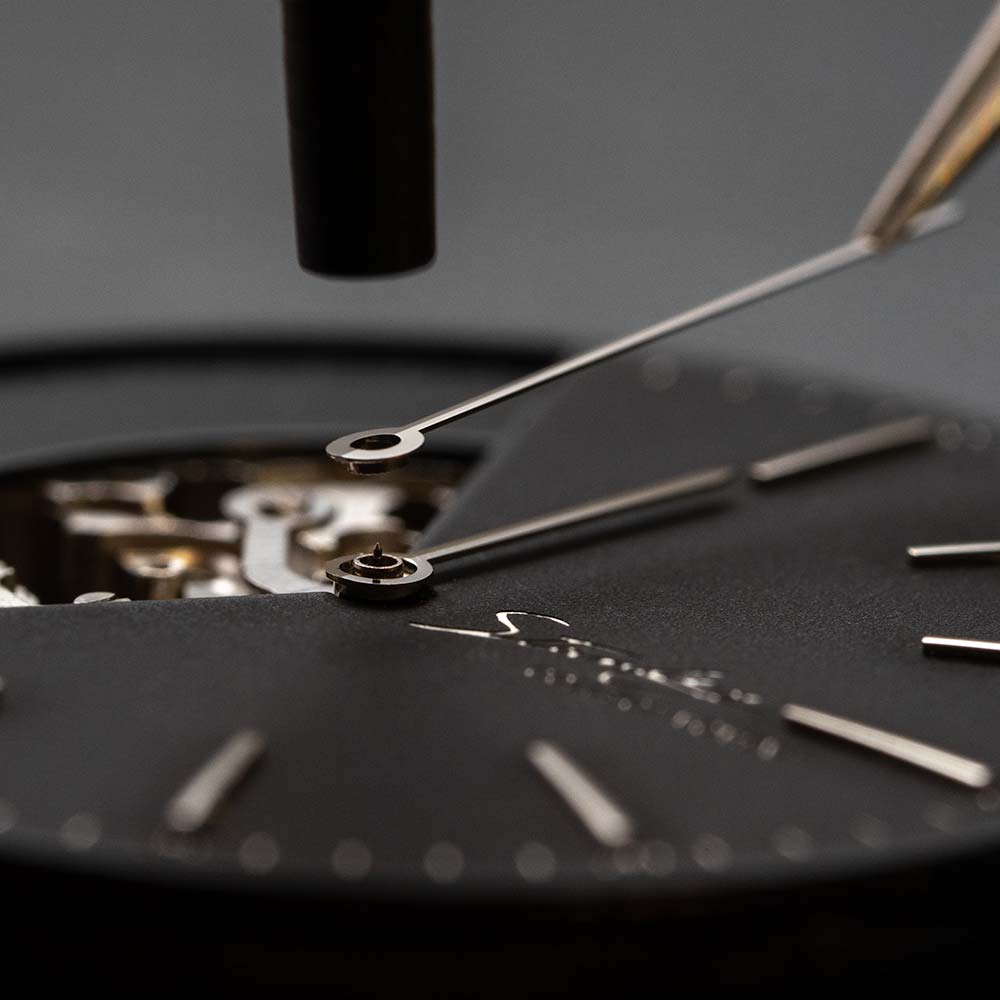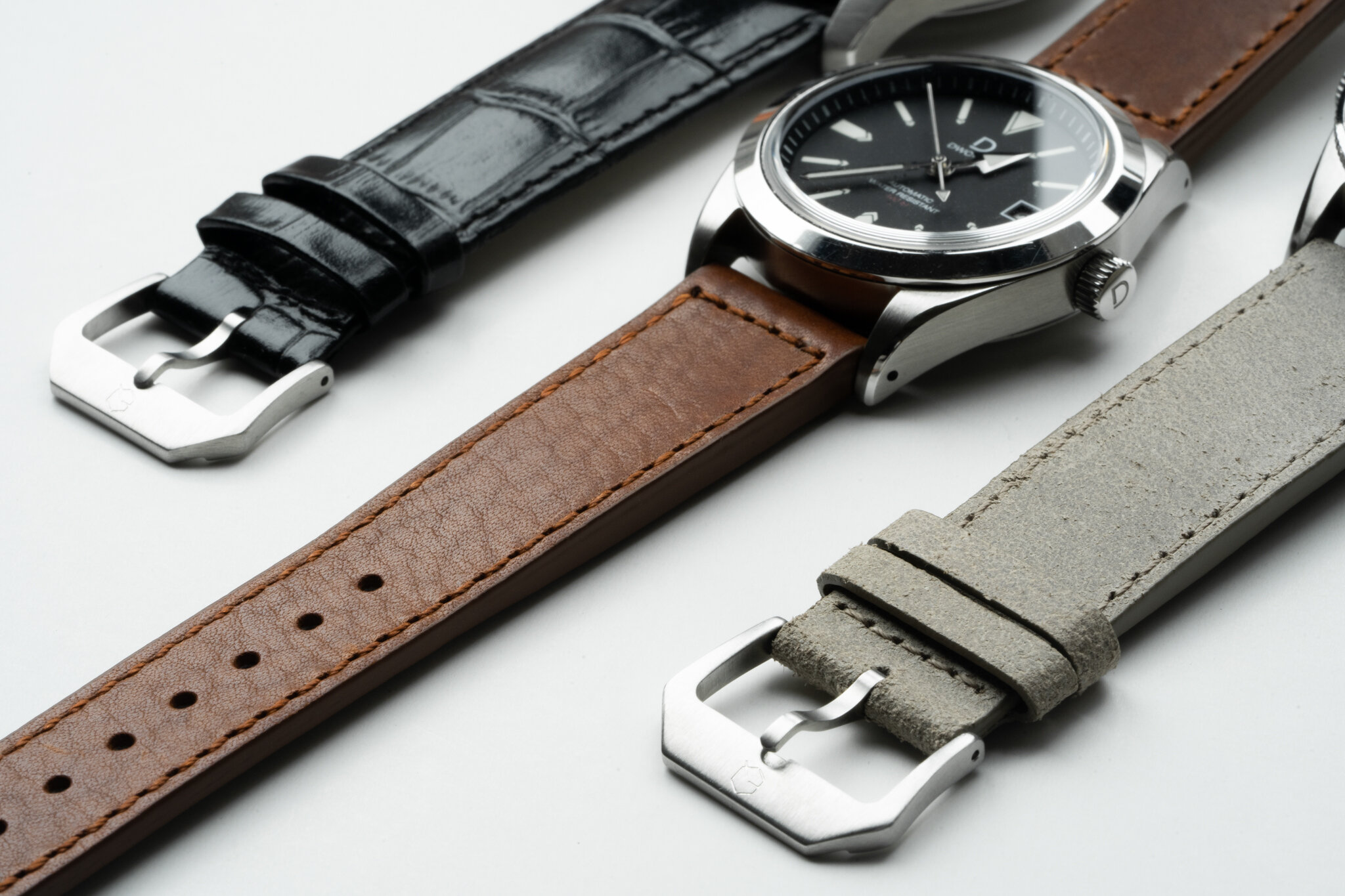Keys to a Good Watch Hand Installation
Guidelines and Hand Setting Checks You should be Aware of
A good hand installation is vital for proper functioning of your watch
Watch hands are the most visibly functional part of a mechanical watch installation. They translate the busy mechanism behind the dial into intelligible indication of time. That’s why a bad hand installation can ruin an otherwise fine watch, and knowing how to check a hand installation can be useful not only in your DIY project but also when you buy a new watch—it might be the difference between you buying a faulty watch versus you walking home happily with a nice watch. Here are a few tips on how to check for a good watch hand installation.
Alignment
You want to check for two types of alignments:
rotational alignment, and
vertical alignment.
For rotational alignment, we are looking at where the hands are pointing at on the dial. Simply put, when the hour hand points straight to an hour mark, the minute hand should point squarely at the minute mark of 60 minutes. Conversely, when the minute hand is at 60 minutes, the hour hand should point to the center of an hour mark.
There is a quick way to check for rotational alignment: set the time counterclockwise to 12 o’clock. If the rotational alignment is correct, then both hands, the hour and minute, should overlap and point straight to 12. In case of a bad rotational alignment, you might see that when the hour hand is at 12 o’clock, the minute hand is off by a few minutes. If the difference is larger than 5 minutes, it might be a good idea to re-install the hands for a better alignment.
For vertical alignment, you need to check from the side: from this angle, you can check if the hands are parallel to the dial. If any of the hands are slanting upward or downward, it can potentially become a problem that can stop a watch. For example, if the minute hand slants upward, it could stop the second hand in its track. Or, the hour hand slants downward, that can cause the hand to come into contact with the dial, thereby slowing or stopping the hand, and also scratch the dial.
That is also why, when the watch seems to not be running properly, it can be a bad hand alignment. This applies to all three hands: hour, minute, second. If any of the hands is not level, adjustment or re-installation is needed. For detailed tutorial on how to fix this, you can refer to the section on hand troubleshooting in our video tutorial.
All hands should be parallel and level.
Hand Height
Hand height is directly related to the performance of the watch. For every watch, there is a certain distance from the dial to the bottom of the crystal. This is how much space the hands can at most occupy. If the hand height is too high, then the top most hand (usually second hand) will be touching the bottom of the crystal, which slows down or even stops the watch. If a hand is too low, then it runs the risk of coming into contact with the lower parts, which can be the other hands or the dial. Either way, it hampers proper performance of the watch.
One simply method to check for hand height is to first set time so that the hands are directly on top of one another. Then view them from the side. Rule of thumb: the hand should be as low as possible without touching any other elements. You should check first the hour hand. It should be as low as possible without coming into contact with the dial. Pay attention especially to the center of the dial; the rest of the hand can be away from the dial while the center of the hand is in touch with the dial. Minute hand should be stay close to the hour hand without touching it, so as to leave space for second hand. Same goes with second hand, but with an extra caveat: be careful with the counter-weight of the second hand as well. Beginners often forget to check for clearance for the tail end of the second hand as well.
You might wonder, what is considered an acceptable gap between two hands or elements. Basically it can be summarized thus: there should be at least a gap the size of the thickness of a hand.
Hygiene and aesthetics
This is mostly aesthetic—is there any dust, stain or scratches on the hands (or near the center of the dial)? It could be due to improper handling of hands during installation, or it could reveal an error in installation e.g. the hands might be grinding against each other due to bad alignment or height, and create scratch mark in circular pattern. Sometimes the “stain” could be results of oxidation due to water ingress, which points to the possibility of insecure water resistance capability (aging/missing gasket, loose case back/case top).
In most case this is only a visual defect. But you need to be careful when it hints at a bigger, functional problem. Foreign elements, when they move to a different part of a watch, might cause problems with the function of a watch.
Hope this guide helps you with your watch hands. Happy fun with your DIY watch!












Blued hands and screws are ubiquitous existences in the history of watchmaking. Behind that frequent appearance though is a history and science that go beyond the aesthetic value of flame bluing.